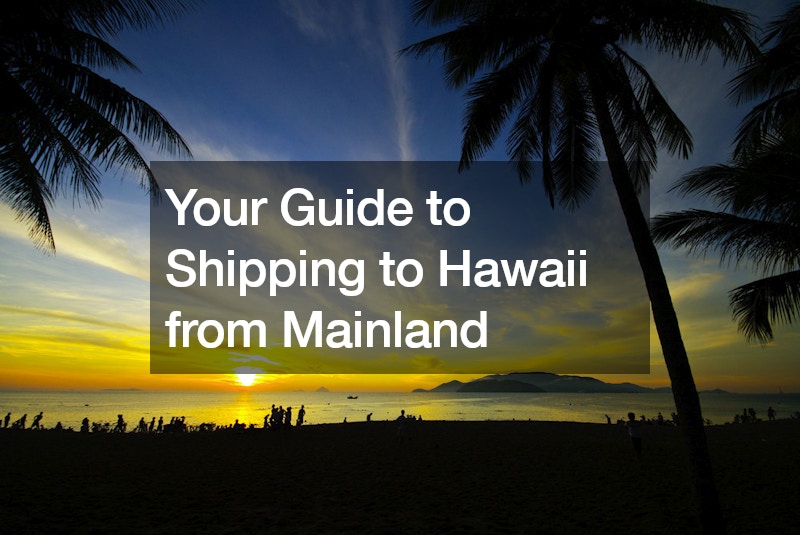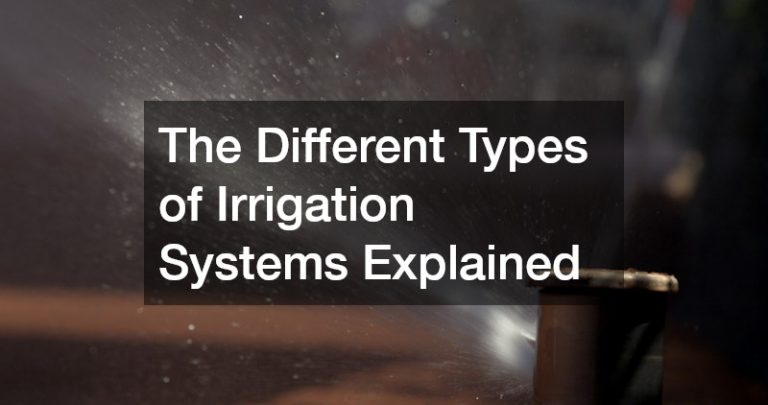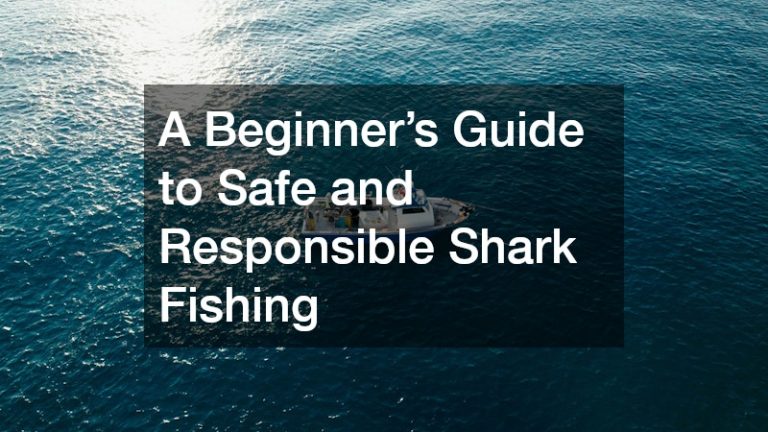Shipping goods to Hawaii from the mainland presents a unique set of challenges and considerations. Whether you’re sending packages to loved ones, fulfilling orders for customers, or relocating to the Aloha State, understanding the intricacies of shipping to Hawaii is essential for a smooth and successful experience. From logistics and transportation to customs regulations and delivery options, this guide will provide you with all the information you need to navigate the process effectively.
Choosing the Right Shipping Method and Carrier
When shipping to Hawaii from mainland, selecting the appropriate shipping method and carrier is crucial. Traditional carriers like UPS, FedEx, and USPS offer service to the islands, but it’s essential to research their delivery options, transit times, and pricing.
Additionally, consider utilizing freight forwarding companies specializing in Hawaii shipments for larger or bulkier items. These companies often have expertise in navigating the unique challenges of shipping to remote island destinations and can provide tailored solutions to meet your needs.
Understanding Transit Times and Delays
Due to its remote location and distance from the mainland, shipping to Hawaii typically involves longer transit times compared to domestic shipments. Factors such as weather conditions, seasonal variations, and logistical constraints can also impact delivery schedules. It’s essential to factor in these potential delays when planning shipments to Hawaii and communicate realistic expectations with recipients or customers. Tracking packages and staying informed about any service alerts or weather-related disruptions can help mitigate delays and ensure timely delivery.
Packaging and Protection
Hawaii’s tropical climate and oceanic environment present unique challenges for package integrity during transit. Proper packaging and protection are essential to safeguard shipments against rough handling, moisture, and temperature fluctuations. Use sturdy boxes, padding, and sealing materials to ensure that items are securely packaged for the journey. Consider investing in waterproof packaging or protective wraps for added protection, especially for items susceptible to damage from humidity or saltwater exposure.
Navigating Customs Regulations
When shipping goods to Hawaii from the mainland or internationally, understanding customs regulations and documentation requirements is essential. Although Hawaii is part of the United States, shipments from international locations may still require customs clearance and proper documentation. Ensure that all necessary customs forms, invoices, and permits are accurately completed and attached to the shipment to prevent delays or issues at customs checkpoints. Working with experienced customs brokers or freight forwarders can streamline the clearance process and ensure compliance with regulations.
Exploring Delivery Options
Hawaii’s unique geography, consisting of multiple islands, presents diverse delivery options and challenges. While major carriers offer service to the primary islands like Oahu, Maui, and Hawaii Island (the Big Island), delivery to more remote or rural areas may require additional considerations. Verify delivery options and service availability with carriers or freight forwarders in advance, especially if shipping to less accessible locations. Consider utilizing local delivery services or courier companies familiar with the Hawaiian islands to ensure prompt and reliable delivery to your desired destination.
Considering Environmental Impact
In addition to logistical and regulatory considerations, it’s essential to be mindful of the environmental impact of shipping to Hawaii. Long-distance shipping can contribute to carbon emissions and environmental degradation, particularly when utilizing air or sea freight. As such, exploring eco-friendly shipping options and practices can help minimize your carbon footprint and support sustainability efforts. Consider consolidating shipments, optimizing packaging to reduce waste, and choosing carriers with a commitment to environmental stewardship. Additionally, supporting local businesses and sourcing products locally whenever possible can further reduce the environmental impact of shipping to Hawaii from mainland. By prioritizing sustainability in your shipping practices, you can contribute to the preservation of Hawaii’s natural beauty and ecological diversity while ensuring the efficient delivery of goods to the islands.
Planning for Seasonal Variations
It’s important to take into account seasonal variations when shipping to Hawaii. Like any other destination, Hawaii experiences fluctuations in demand and shipping conditions throughout the year. For example, peak tourist seasons, such as the summer months and major holidays, may result in increased shipping volumes and potential delays. Additionally, Hawaii’s hurricane season, which typically runs from June to November, can bring unpredictable weather patterns and disruptions to transportation networks. Planning ahead and adjusting your shipping schedule to avoid peak periods or adverse weather conditions can help minimize potential delays and ensure smoother deliveries to the islands. Stay informed about seasonal trends and weather forecasts to make informed decisions and mitigate risks associated with shipping to Hawaii to mainland.
In conclusion, shipping to Hawaii from mainland requires careful planning, preparation, and consideration of various factors unique to the islands. By choosing the right shipping methods and carriers, understanding transit times and potential delays, prioritizing packaging and protection, navigating customs regulations, and exploring delivery options, you can navigate the complexities of shipping to Hawaii with confidence. Whether you’re sending personal items, fulfilling orders for customers, or relocating to the Aloha State, keeping these key considerations in mind will help ensure a smooth and successful shipping experience to paradise.
.






